Long a fan of Patricia Highsmith’s novels, it is always with much trepidation that I approach cinematic adaptations. Known for complexity, psychological intrigue, depth and richness to her works, translating the literary layers from the mind’s eye to the big screen is challenging at best. Last year’s “Carol” was exquisitely adapted for the screen by Phyllis Nagy, so much so as to deliver even more depth and emotional texture in the relationship between the characters than what we felt on the page. Similarly, Hitchcock’s “Strangers On A Train” with its Chandler-Hecht-Cook-Ormonde script was a winning adaptation; likewise for Anthony Minghella’s “The Talented Mr. Ripley.” And now we have director Andy Goddard making his sophomore feature, A KIND OF MURDER, adapted by Susan Boyd from Highsmith’s 1954 novel “The Blunderer.”
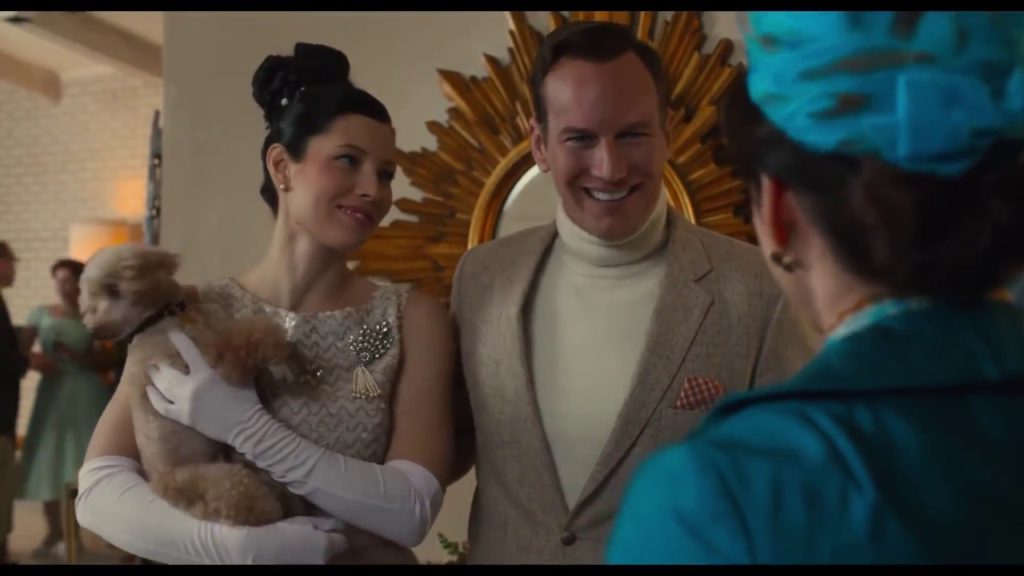
Lush and beautiful in its saturated 1960’s noir visage, Goddard takes us down the path of the psychological crime thriller with the intersection of two men with murder on their minds and a detective doggedly determined to unravel the mystery of two dead women found several weeks apart near a rural bus stop diner.
Wasting no time, our story opens with the suspicious murder of the wife of a rare book store owner, Mr. Kimmel. Mild-mannered and mousey, Kimmel has a nervousness to him that Detective Corby sees as a clue implicating Kimmel in his wife’s murder and sets out to prove his hunch correct. Splashed all over the newspaper, successful architect and budding crime writer Walter Stackhouse takes great interest in the Kimmel murder. As if seeing himself as a real detective thanks to his own crime stories, Stackhouse starts his own investigation into the murder. Almost obsessive in his pursuit of Kimmel, believing him to be the killer, a dark conflicted side of Stackhouse unveils itself as he imagines what it would be like to murder his own wife, Clara. And while he’s poking his nose in all the wrong places, another body surfaces. But this time Detective Corby’s finger is pointing towards Stackhouse. Is the murderer the same man or is Stackhouse a copycat killer?
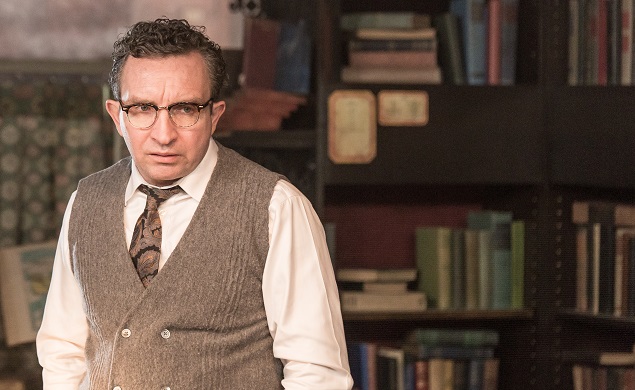
Following Stackhouse and his blundering investigatory skills, while he learns about Kimmel, we learn about him; so much that one can’t help but think Corby is on to something by suspecting Stackhouse of the second murder. Although stifled in a loveless marriage with his overly paranoid, clinically depressed and completely neurotic wife Clara, to the outside world the couple have a seemingly idyllic life; a beautiful suburban home designed by Walter, financial security and high social standing. But behind closed doors, Walter is sexually frustrated thanks to Clara’s neuroses and takes refuge in a subterranean den where he hammers out his crime stories and works on his investigation into Kimmel. Luckily for Walter, his day job finds him working in the city so when he begins a torrid affair with a jazz singer named Ellie, he thinks Clara will be none the wiser.
But, thanks to Clara’s neuroses she has always accused Walter of being unfaithful and her mental state reaches such a point so that she tries to commit suicide on finding out that she was, in fact, correct all along. (It should be noted that Walter hadn’t always cheated on Clara. It was the result of all the accusations that he decided to act on them.) So afraid that he could be blamed for being the cause of anything untoward that might happen to Clara, Walter becomes more unsteady with his own emotions and daily life, raising suspicions in all around him, including Detective Corby. And then following her release from the hospital, Clara turns up dead at the bottom of a cliff.
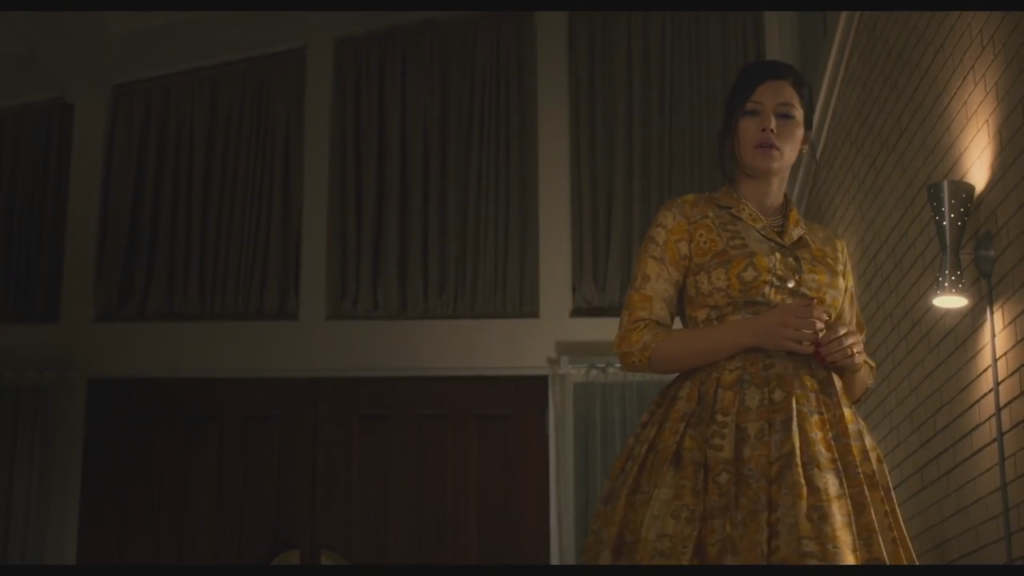
As we reach the climactic third act, a cat and mouse game ensues with Stackhouse, Kimmel and Corby, blind-siding the audience with unexpected twists and turns that set the stage for profound revelations and interpretations.
Goddard and Boyd play the Kimmel murder and subsequently Clara’s, pretty much by the numbers. But where A KIND OF MURDER excels is with one of the key themes found in Patricia Highsmith’s novel – ambiguity – the success of which comes primarily thanks to Patrick Wilson in his performance as Walter Stackhouse. While at first blush, Wilson doesn’t seem to be the right man for the job, as the performance sits with you, on reflection one notes that Wilson massages the character and manipulates the audience, in one moment eliciting sympathy but in the next, a pendulum shift to the opposite extreme, forcing the audience to think and wonder for themselves. A cornerstone of the character, it’s Wilson’s technical proficiency at emotionally shapeshifting within the performance that elevates the character. However, where the performance doesn’t recover is with the chemistry between Wilson and Jessica Biel; there is none. It makes it difficult to comprehend why Walter and Clara would ever marry in the first place.
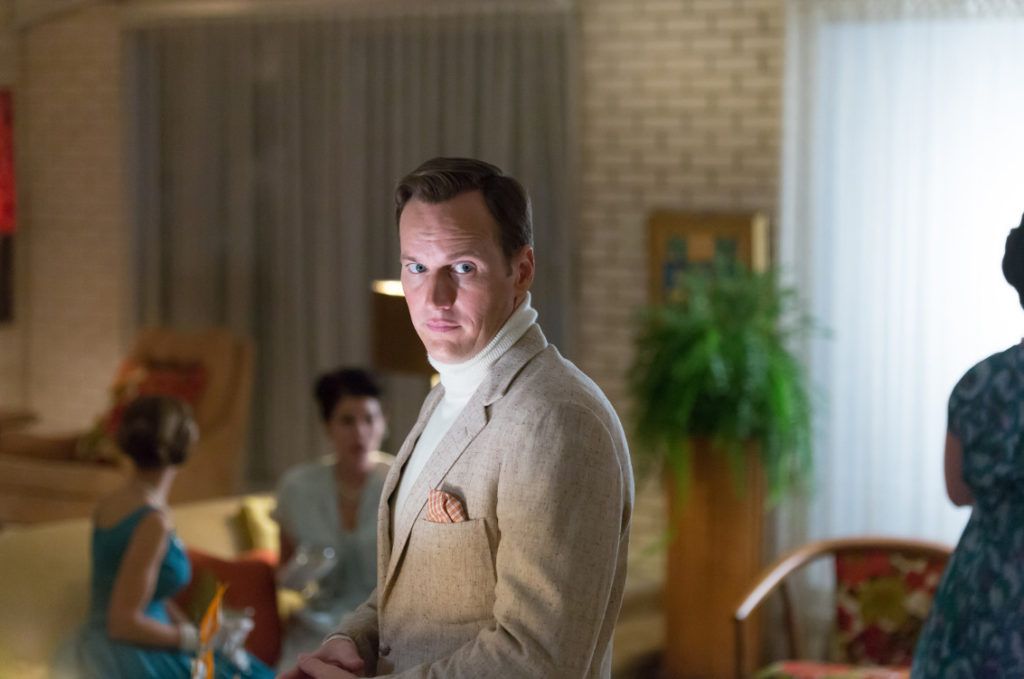
As with all Highsmith works, there is a fine line that captures the dark corners of human life, walking the line before falling into the abyss. There is a darkness, yet a contrasting light that creates the ambiguity of the story and within each character. Wilson walks that fine line as Walter makes reckless decisions that impact lives and raises the stakes in this detective game he is playing, but does so with a nonchalance charm.
As director Andy Goddard noted during our exclusive interview, “Patrick’s character falls into this ever-spiraling web of confusion and chaos. He’s very much the author of this himself. . . The original novel is called “The Blunderer”, one of the definitions of which is ‘someone who stumbles around in the dark.’ I like this idea of this character who does not have a clarity of vision and he’s making these wrecking ball choices. The movie literally ends in a vortex of chaos and confusion where the audience literally does not know is who at the end of the film.”

Going toe-to-toe with Wilson is Eddie Marsan as Kimmel. With a Nervous Nelly edge, Marsan plays both sides of the coin, projecting the grieving widower to the outside world, while starting to cringe under the weight of Corby’s probing and Walter’s stalking. Marsan is fascinating to watch, creating an ambiguous dichotomy within Kimmel – on the one hand ready to fold, on the other ready to explode. He is the embodiment of resentment and bottled-up rage.
Rounding out the triumvirate is Vincent Kartheiser as Detective Corby. Kartheiser slides into the 60’s “Mad Men” era with the ease of a pair of well worn slippers. And while we are accustomed to Walter’s blundering acts, Corby is also a bit of a blunderer in his investigative methods.
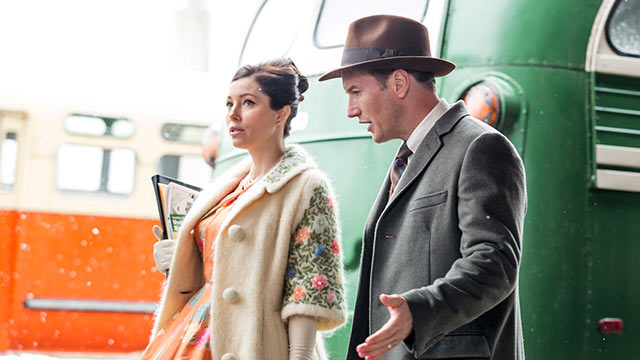
Stepping in as Clara is Jessica Biel. Poised, yet fragile, perfectly dressed and made up, Clara actually works as a real estate agent, despite her mental instability. Biel turns from Clara’s public saccharine persona to miserable bitch of a wife behind closed doors, without missing a beat. There is never a false moment in her performance.
Haley Bennett is an interesting casting as Walter’s mistress Ellie. Providing rich warmth as a contrast to Clara’s coolness, one can’t help but gravitate towards Ellie whenever the camera lingers on her or her apartment. Production designer Pete Zumba surrounds Ellie in purples and blues with depth and texture, a perfect counter to the shallow creams and beiges in which Clara is immersed.

Boyd maintains the idea of action and consequence in the script, honing in on the morality of culpability and guilt, tacitly asking the question, where does guilt end and culpability begin. But that’s also where we find shortcomings as we delve into murders, adultery, lust and male sexual license. Seemingly acceptable is Walter’s affair with Ellie. We see and feel the misery of his marriage with Clara, but the script skirts the affair and the social and legal ramifications of the period. While indirectly complicit in Walter’s actions, Ellie is a willing participant, yet there is no judgment or consequence as to her conduct. The affair, which should be abating Walter’s sexual frustration and possibly his constant thoughts of murder, doesn’t appear to do so, but because it’s glossed over, we are left in the dark as to the idea of action and consequence and the morality of the day. The sexual underpinnings which are the driving forces of thought and deed for more than one man, fall to the side.
Where Goddard soars is with the visual tonal bandwidth. Telling the story set in the “very colorful chocolate box Doris Day late 50’s American world”, Goddard reteams with cinematographer Chris Seager, delivering period perfection with noirish lighting and lensing. Moody, saturated with color, rich with light and shadow. Color is key and celebratory with reds, blues and purples marking significance. Looking to the Master for inspiration – Hitchcock – Goddard and his team use the visuals to create tension and ambiguity, largely with camera angles and extensive, yet judicious, use of the focus pull and zoom. Framing is also extremely important. Standout is Seager’s beauteous wintery haze, metaphorically swirling throughout with a chaotic flurry and dreamlike state mirroring not only Walter Stackhouse’s mind, but the cat and mouse game in play.

According to Goddard, “We were very precise in the shots and how we told the story. . .I knew I wanted to have a deceptively simple style in terms of the camera work. . .I wanted it to look a little bit like those old Alfred Hitchcock movies which, if you look at them, they are very simply shot. You give the actor room to work their magic and the camera, it’s unfussy, and you let the actors breathe. That’s kind of what we did, especially in the Stackhouse house. . . The camera should not move in the home at all, capturing the idea of this kind of stillborn, loveless, broken marriage.”

Pete Zumba’s production design is exemplary as is the set decoration of Jim Warren, the latter who held the same position for Todd Haynes on “Carol.” Zumba and Warren know the era to a tee and excel at creating character through surroundings. Joining the excellence of Zumba and Warren is costumer Sarah Mae Burton who dazzles dressing Biel’s Clara with period beauty. Not to be overlooked are the costumes for the men, epitomizing the idea that “the clothes make the man”, as here they certainly do with each outfit fine tuned to the career and social standing of each, speaking volumes. Editors Jane Rizzo and Elísabet Ronaldsdóttir do the heavy lifting with the film’s pacing, fueling the tension and aiding in perpetuating ambiguity. Icing on the cake is a captivating and haunting score by Danny Bensi and Saunder Jurriaans.
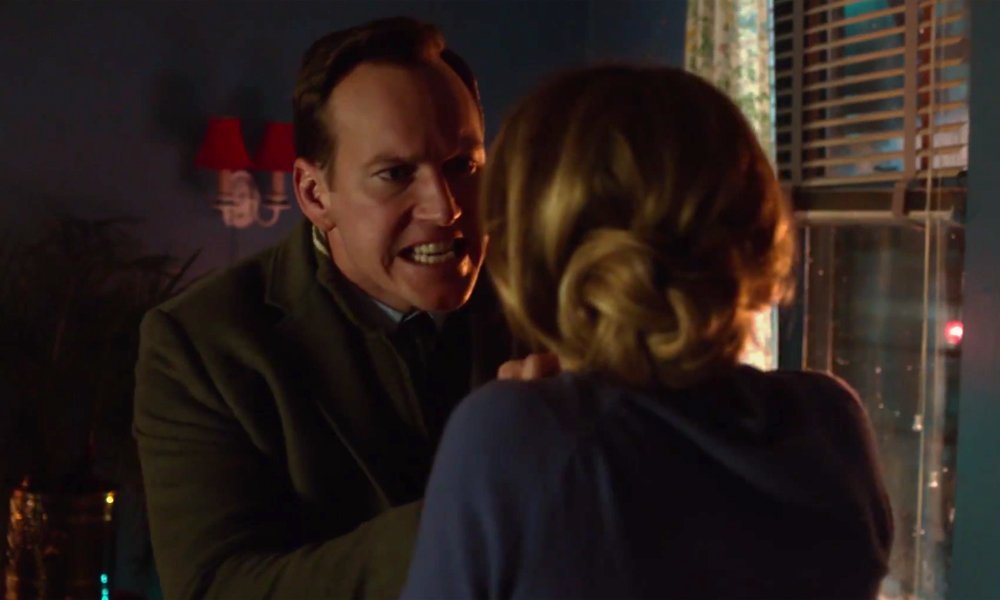
Although a few missteps in the script adaptation itself, with missed opportunities to provide more depth with the morality of the time, there are no blunders from a visual standpoint as Goddard and company reel us in with rich color, texture and mystery for A KIND OF MURDER.
Directed by Andy Goddard
Written by Susan Boyd based on Patricia Highsmith’s novel “The Blunderer”
Cast: Patrick Wilson, Eddie Marsan, Jessica Biel, Vincent Kartheiser, Haley Bennett











